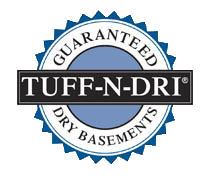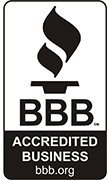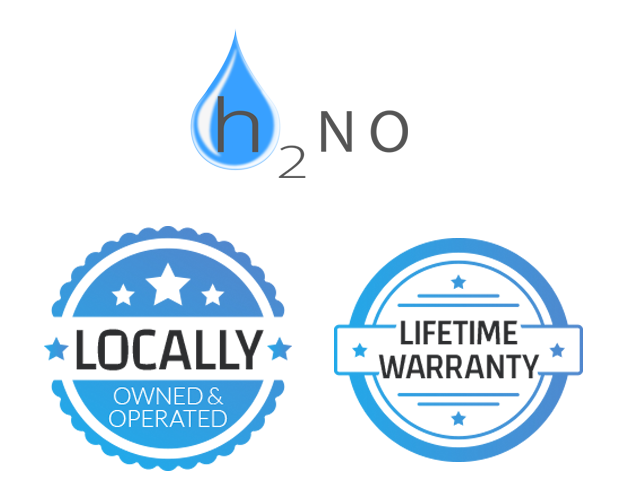Your crawlspace. Probably one of the most unused areas of your home, which is why you may not be aware of the potential issues that may be lurking inside. Sure, you may peek inside to pull out the Christmas decorations once a year, but typically most homeowners with crawl spaces tend to ignore the dark, creepy space. However, just because you do not use the space that often does not mean everything is fine.
The conditions inside a crawl space make it ideal for mold and fungus growth, especially if your foundation has not been professionally waterproof and you do not regularly check on your crawl space. Mold growth is one of the last problems you want to have to deal with, as it can cause some serious consequences for you and your family — not to mention the structural issues that can happen if you do not properly waterproof your space.
Faulty construction methods and materials can compromise your home’s crawl space, especially if you have an older home. However, you can prevent unnecessary damage to your home by avoiding the following problems.
OPEN VENTS
Vented crawl spaces are common in North Carolina, as some building once made them a requirement. While it may seem like a simple way to prevent moisture buildup, they actually do just the opposite. In older homes, most crawl space vents are designed to stay open and circulate air, not dehumidify the air or eliminate water. When hot and humid air circulates through the cooler, dark, and indoor spaces, condensation will eventually coat the surfaces of the space. Precipitation also can be an issue when vents are left open. If left unchecked, all this moisture will create mold and mildew.
DEFICIENT DRAINAGE
Older plumbing systems can cause a slew of issues for crawl spaces, especially those that are underground. In addition to creating a breeding ground for insects, standing pools of water and flood damage can cause damage to your belongings and the support structures of your home. Without an effective drainage system, your pipes will be susceptible to leaking or bursting to relieve the water pressure. Bigger crawl spaces need a recessed drain on the floor that is capable of draining large amounts of water quickly. It might also be wise to have your plumbing thoroughly inspected by an expert who can repair or replace any weak or damaged pipe, especially if you have an older home.
SPRAY FOAM INSULATION
One of the more popular and cost-effective forms of insulation now comes in a high-pressure can. This expanding foam fills tight spaces quickly which is why it is such a popular choice for roofs, attics, and of course, crawl spaces. One benefit of spray foam insulation is that it is one of the most energy-efficient types of insulation, because it is so effective at blocking heat, air, and water. However, the very same properties that make spray foam insulation so effective could also trigger some crawl problems in your crawl space.
If your crawl space has wooden walls or beams, moisture can easily get trapped between your foam and the wood, causing these support structures to start rotting. And if your insulation is open cell foam rather than closed cell foam, it will absorb water vapor rather than trapping it.
FIBERGLASS INSULATION
Fiberglass is certainly not the best choice for your crawl space as it is not protected against moisture. If water collects on the fiberglass insulation, the material will soak up the water and condensation like a sponge. Unless you inspect your insulation frequently, you may not realize there is a problem in your crawl space until it is too late. This insulation is designed for spaces that are well-ventilated and have exhaust systems that send water vapor outdoors rather than your dark, damp crawl space.
THE SOLUTION: CRAWL SPACE WATERPROOFING
Fortunately, all of the risks above are easily avoidable with a crawl space encapsulation system. At AMCO Waterproofing, we specialize in crawl space waterproofing in Winston-Salem and the surrounding communities. We use the best waterproofing methods and materials to ensure that your crawl space stays safe and moisture-free. If you are interested in learning more about crawl space encapsulation, contact us today!


